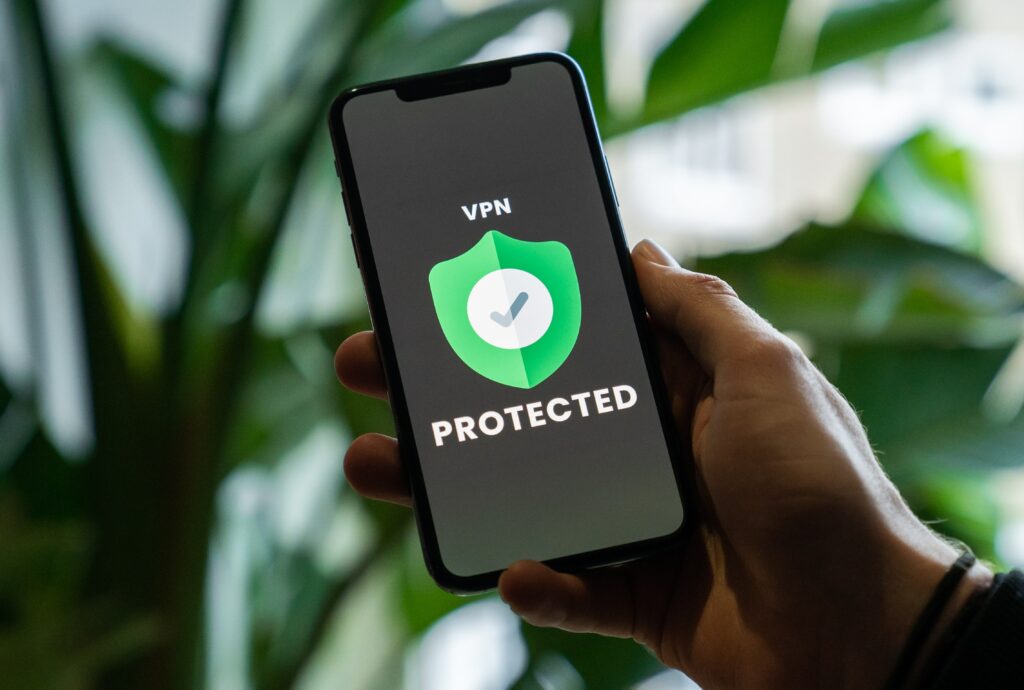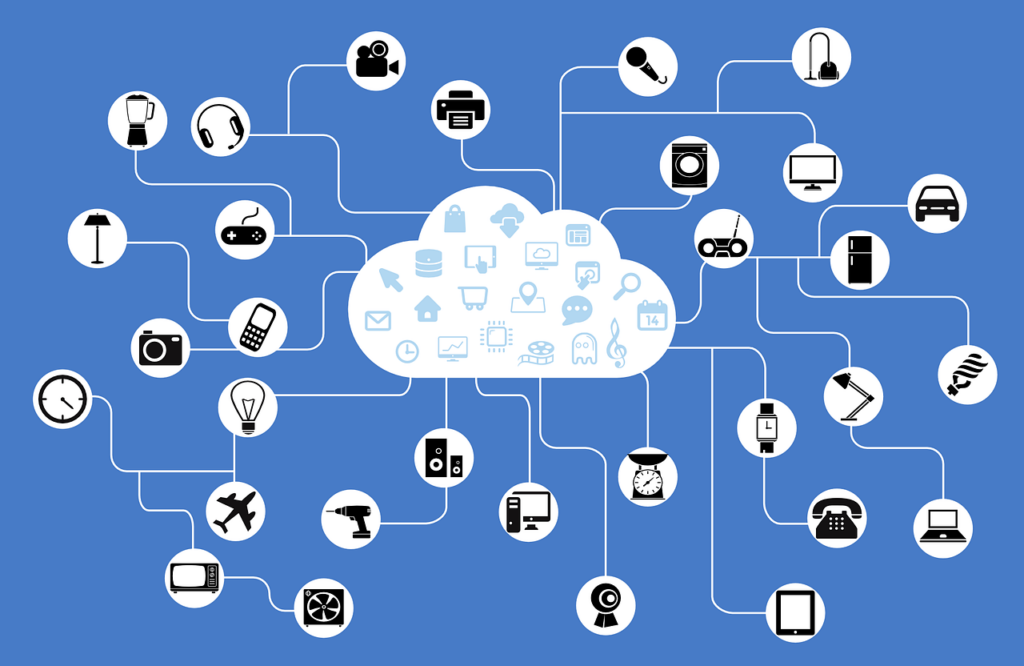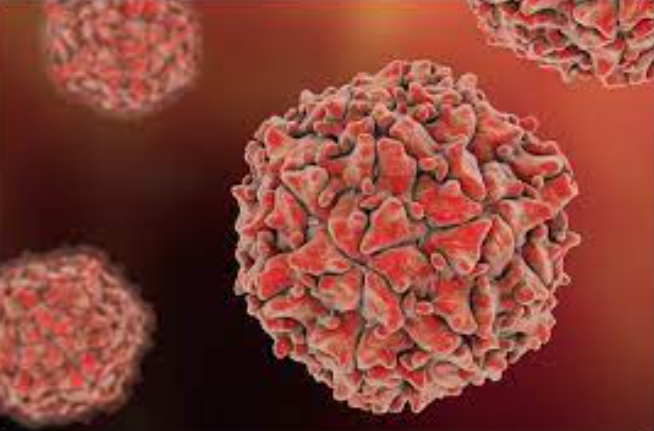All about cybersecurity!

If we define cybersecurity, we could say that they are the good practices to be implemented to protect information and prevent or detect cyber attacks to which any organization or person is exposed, or a layer of protection for information files. From it, we work to avoid all kinds of threats, which put at risk the information that is processed, transported and stored on any device.
Threats to computer security come through harmful or malicious programs that are installed on a device or accessed through the cloud. According to a study carried out in 2018 in Latin America, three out of five companies suffer at least one security incident on the network, and one in five is the victim of information hijacking.

These are the three most common cyberattacks or cyberthreats:
Ransomware: Also called ransomware, it is characterized by restricting access to a computer system and demanding a ransom to remove the lock. WannaCry and Petya, two types of ransomware, operate in the same way: during the attack the data on the infected computer is blocked, be it documents, photos or videos, and to decrypt them, the program normally requires the payment of a sum of money, the most times bitcoins. If you do not pay on time, the data is permanently deleted or blocked.
Denial of service or DDoS attack: with the digital transformation of banking services, financial risks have changed and fraud or failures in operations have increased, as has cybercrime. This type of attack consists of causing a server to crash by overloading its bandwidth. These actions force the interruption of a website. In the case of the financial system, DDoS is used to flood the online services of banks and trading platforms with a large amount of traffic. In this way the server collapses and stops working.
Banking Trojans: Cybercriminals have been targeting mobile telephony since long before the increase in the use of smartphones for banking transactions, now more and more are targeting these devices. Precisely, the biggest threat to mobile devices are banking Trojans, another malicious software that at first seems harmless, but is very dangerous and is after banks. Trojans can be installed on any device by visiting an infected website, by downloading an email attachment, or even by downloading an application. Once this virus is installed on the cell phone, it detects when a bank’s online services are used and thus captures personal and bank data.

How to prevent computer attacks?
Avoid threats through emails, detect malicious code early, recognize suspicious connections, monitor databases and always keep your systems up to date.





Responses